I just spent a week in California, and every time I visit, I understand why the people there fight so hard to preserve their environment. Few other states have been endowed with such beauty and so many natural resources. The entire country owes a debt of gratitude to California, as well, for pushing stricter emissions standards that have resulted in better outcomes for everyone. At the same time, state leaders are ignoring technology they’ve long popularized in exchange for a pipe dream.
Today’s Morning Dump is going to be all about dreams, both realistic and unrealistic. BMW and Mercedes have long pondered a tie-up, but it’s never quite happened. Now we’re one step closer to that coming to fruition, and it has a lot to do with gasoline engines. Volkswagen has long dreamt of supplanting Tesla with its electric cars, and that actually is happening (at least in Europe).
Mitsubishi hopes to regain some of the luster it had in the 1990s, when it was briefly the fastest-growing Japanese car company in America. First, it’s going to have to get over some persistent recalls, including one over sagging liftgates.
California’s Plan To Counter Feds Mentions Hydrogen Eight Times, Hybrids Zero Times

The modern electric car was born in California. The proliferation of catalytic converters, the creation of some of the earliest controls on emissions (thanks, Gov. Reagan!), and an aggressive framework to protect the environment from climate change all have roots in the Golden State.
You know what else California was instrumental in proliferating? Hybrids! The second-gen hybrid Toyota Prius became the unofficial mascot of the State of California around the turn of the century. Using a small battery and clever engineering, the Prius dramatically increased the fuel economy, and that’s a big deal!
You know what California is buying a lot of, right now? Hybrids. According to a report from the California New Dealers Association, hybrids are the cars driving the market in the first half of 2025:
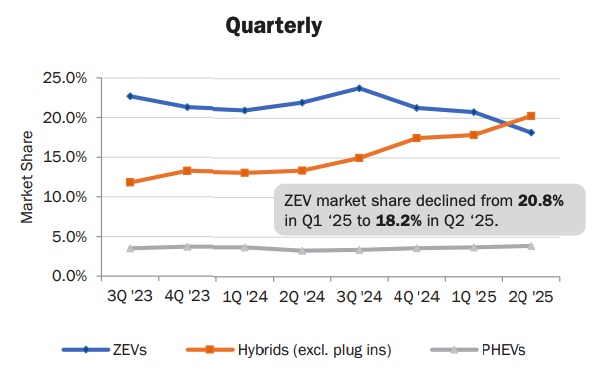
Hybrid sales in California are up more than 50% year-over-year, and that’s in a place that already buys a lot of hybrids. Any time someone gets out of a regular gas-powered car and into a hybrid, it’s a victory for the environment. Is an electric car better? Absolutely. Should California do things to continue to incentivize electric car purchases and charging so that consumers, especially low-income ones, can afford to buy them? Also, yes.
I personally think that it’s a net bad thing that the Federal government is backtracking on the progress we made in electrification, and I understand why Californians are upset that the Trump Administration has pulled the waivers that allowed the state to set a higher standard for automakers. Even with all the work the state has done, approximately half of the most polluted cities in the United States are in California.
Electric cars are a great solution for many Californians, which is why the state still has the highest adoption rate of EVs anywhere in the country. EVs are also expensive, and will continue to require some level of subsidization for the near future, which is why the California Air Resources Board (CARB) is stating in its strategy letter that it might try to replace the expiring federal tax credits:
Federal clean vehicle tax credits will end after September 30, 2025. Subject to available resources and scaled to match our resources and policy goals, funding could provide point-of-sale rebates, vouchers, or other credits to keep new vehicle sales robust and expand the availability of used ZEVs on the secondary market. Incentives should support new and used vehicle purchases and leases and be available for individual vehicle purchases as well as bulk purchases by fleet operators.
These incentives should probably have an income component (how efficient is it to help millionaires buy Teslas?), and the catch here is that the state needs to be able to afford the subsidies. I also appreciate that California is suggesting that more work needs to be done to expand charging access, reduce charging cost, and utilize Vehicle-Grid Integration, which could be a huge win for a state with more-than-occasional grid issues.
At the same time, shifting more of the fleet (57.5% of sales so far this year have been traditional ICE-powered vehicles) towards PHEVs, hybrids, EREVs, and electric cars is likely the cheapest, easiest, and most direct path towards reducing air pollution in the short term.
Does California’s strategy document mention hybrids at all? It does not. It does talk a lot about hydrogen:
Leverage private investments to bring down the cost of hydrogen. Explore opportunities for state-connected projects to buy hydrogen fuel facilitated through ARCHES (for use cases in buses, trucks, rail, ports, power sector) with the goal of providing demand certainty for hydrogen producers and infrastructure providers and driving down fuel costs
There are, by my count, eight references to hydrogen. While there’s maybe a possibility that hydrogen can be used at some point in the future to power large trucks and buses, the technology has not seemed to mature or to gain any kind of traction. It’s energy-intensive to produce and difficult to transport. I am not implying that hydrogen has no place for certain applications, nor am I saying there should be zero investment in the technology, but the best-case scenario for the wide commercial adoption of hydrogen technology is decades away. Hybrid technology is here, right now, and it works.
In an ideal situation, most Californians would switch over to electric cars immediately. There would be abundant, affordable charging and a market full of cheap electric cars. That hasn’t happened yet. I think the day is coming, and it is logical for California’s government to continue to push for it, but there also needs to be a reality check. There aren’t enough affordable EVs being built today to make that possible, nor is the charging infrastructure able to support everyone owning an electric car.
As society builds towards that future, the idea of incentivizing and encouraging hybrid purchases is not giving up. It’s not forsaking the future. It’s not a failure to meet people where they are today as you prepare for tomorrow. It’s just common sense.
[Ed Note: As a California resident, I still think the infrastructure isn’t good enough, to the point where I wouldn’t recommend an EV if you can’t charge at home or at work. Offering a hybrid means folks who aren’t ready to deal with the costs/inconveniences of an EV don’t have to keep driving a guzzler. Hybrids are a huge deal, and will be for some time. The “they’re a stopgap solution” argument against them makes literally no sense; that they’re the best solution given our current circumstances shouldn’t be considered a bad thing. -DT].
BMW And Mercedes Might Tie Up On Engine Technology
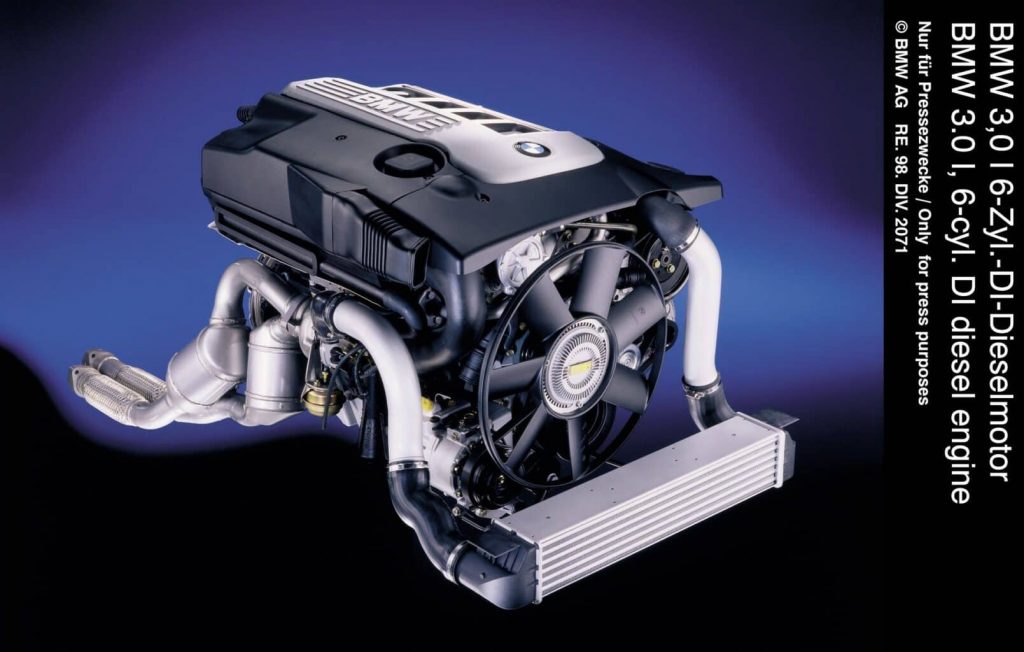
After years of battling one another for market share, Mercedes and BMW are reportedly looking at the state of the world and deciding that perhaps it’s better to work together to survive than to perish separately.
According to Manager Magazin, a potential partnership is centered around the one thing Mercedes boss Ola Källenius didn’t think he would need anymore: Gas engines.
Källenius’s offensive was initially surprising. He intended to build almost no combustion engines after 2030. Instead of investing too heavily in his own drivetrains, he ordered four-cylinder engines from the Chinese Geely Group. Owner Li Shufu (62) is also a major shareholder in Mercedes.
But the situation has now reversed. Källenius suddenly appears to be as open to new technologies as his BMW colleague Zipse; moreover, he needs significantly more engines than he thought for plug-in hybrids, the combined electric and gasoline powertrains. The conclusion is: If Mercedes wants to build the best cars, Källenius also needs state-of-the-art combustion engines. As fuel-efficient and powerful as possible.
The engines from China, currently being installed in the first models, are apparently not enough. Moreover, they could pose a political problem in markets like the US .
BMW CEO Oliver Zipse, on the other hand, has never given up on the combustion engine. He apparently has the capacity for the required engines; in 2024, almost 1.2 million three-, four-, six-, and even a few eight-cylinder models were produced in Steyr.
BMW makes money and keeps its plants open, both companies can reduce development spend, and Mercedes can keep its gas-powered cars running a little bit longer.
Volkswagen Is Finally Finding Some EV Success In Europe
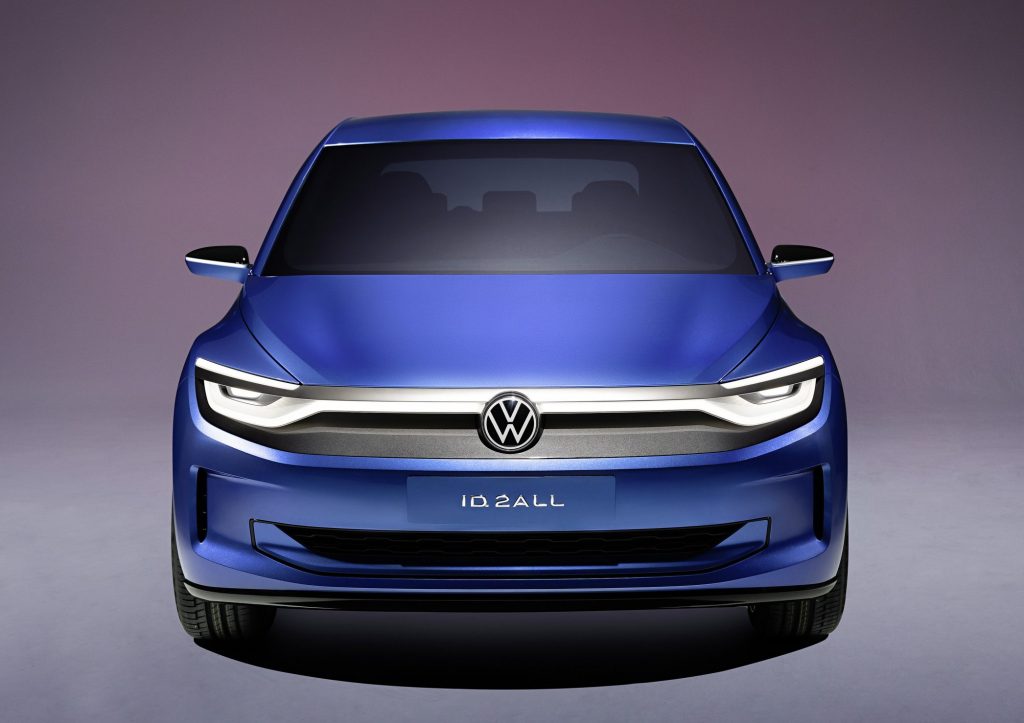
Post-Dieselgate, the German automaker we mostly refer to as Volkswagen tried an aggressive shift into electrification and software. It was a very VW approach that involved spending a metric crap ton of euros on engineers, with extremely mixed results.
A new round of vehicles with revised software and some annoyances smoothed out is starting to get more traction in Europe, with more on the way, according to Bloomberg:
In September, Volkswagen plans to unveil the first of its next-generation EVs, the compact VW ID.2all, a €25,000 hatchback meant to kick-start an era of fresh growth. Blume speaks of what he calls a “model offensive,” with 30 new cars in 2024 and the same number expected this year. “The current environment is extremely challenging,” Blume says. “And we’re holding our own.”
The group’s vehicle sales increased in the second quarter, driven by a 38% gain in global EV deliveries from the previous year. VW’s updated ID models—a hatchback, an SUV crossover and a full-size sedan—have garnered praise for fresh interiors and revamped software. In Europe its latest battery-powered cars have outsold Tesla’s in recent months, benefiting in no small part from Elon Musk’s political antics, but also from improved quality. The group is on track to be Europe’s top EV maker for 2025, ahead of Tesla, Stellantis and Renault. And in China the first models tailored to local tastes, developed with a Chinese partner, are due to hit showrooms next year.
CEO Oliver Blume and the company he leads still have a long way to go, of course, but Tesla’s fall from grace might provide a nice lift for the automaker.
If You Have An Outlander, You Might Want To Watch The Liftgate

I have hit my head on any number of liftgates and hatches over the years, both because I tend to buy five-door vehicles and because I rarely know where my body is in space. The numerous blows to my noggin are probably no surprise to anyone who regularly reads TMD.
Perhaps it’s a good thing I don’t own a Mitsubishi Outlander built between 2014 and 2022, because according to NHTSA, the 92,000+ vehicles sold have tailgates that might fail and fall on your head:
The cylinder of the tailgate gas spring, which contains high pressure gas, could corrode due to salt water penetration. The high salinity of water promotes corrosion. If significant corrosion occurs over time, the wall thickness of the cylinder could be reduced, causing the gas spring to rapidly lose pressure.
Well, that’s not good. [Ed Note: “Wall thickness of the cylinder to be reduced” is a weird way of saying the cylinder is going to rot out and the hole is going to release the gas pressure. -DT].
What I’m Listening To While Writing TMD
I don’t think I’ve ever seen the video for “Bad Dream” by Cannons, but I love the song. It’s super weird and ’80s in a way that perfectly fits the Italodisco synth sound.
The Big Question
Do you own a hybrid? Would you consider buying a hybrid? If so, which one?
Top photo: Depositphotos.com

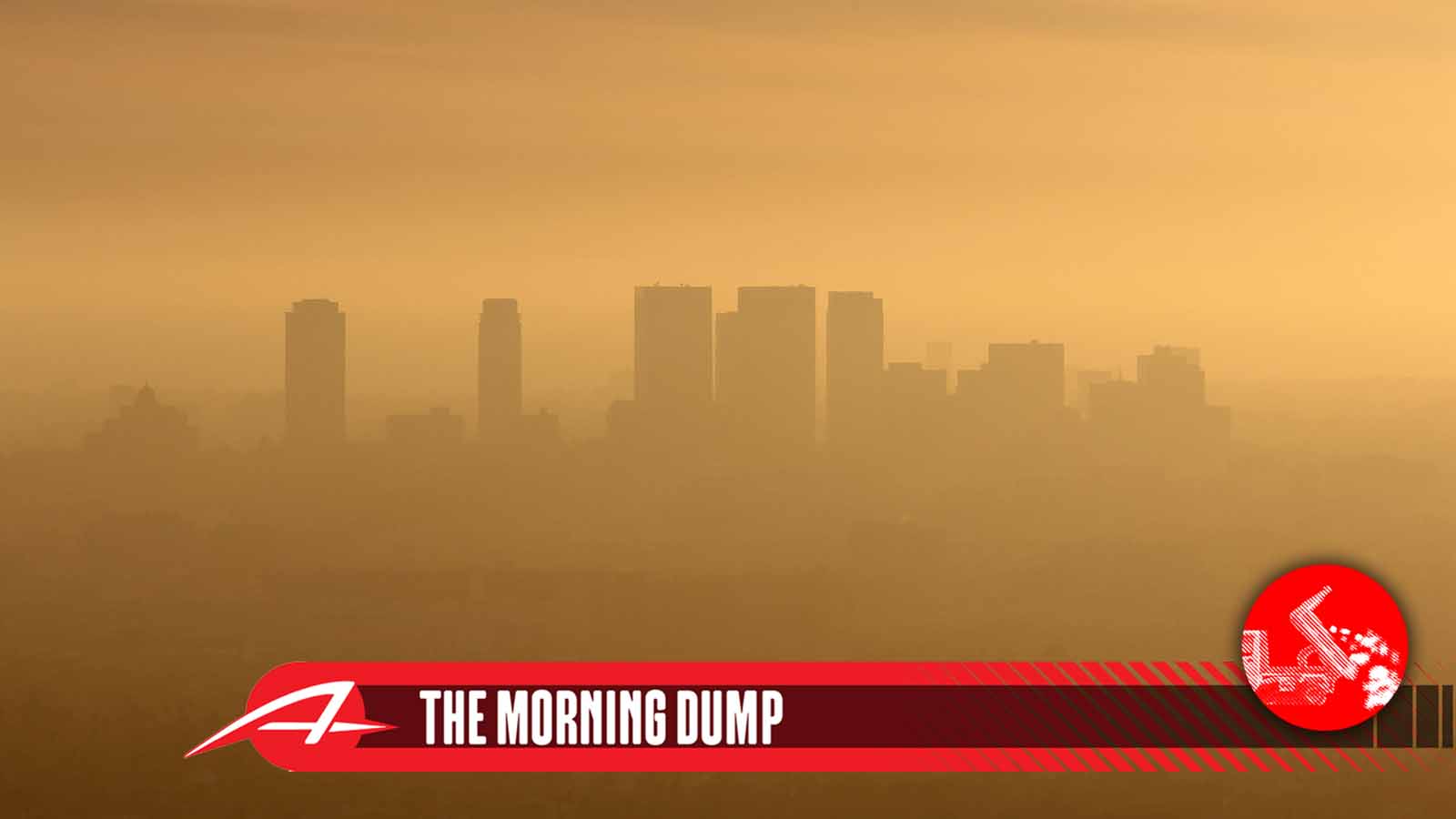




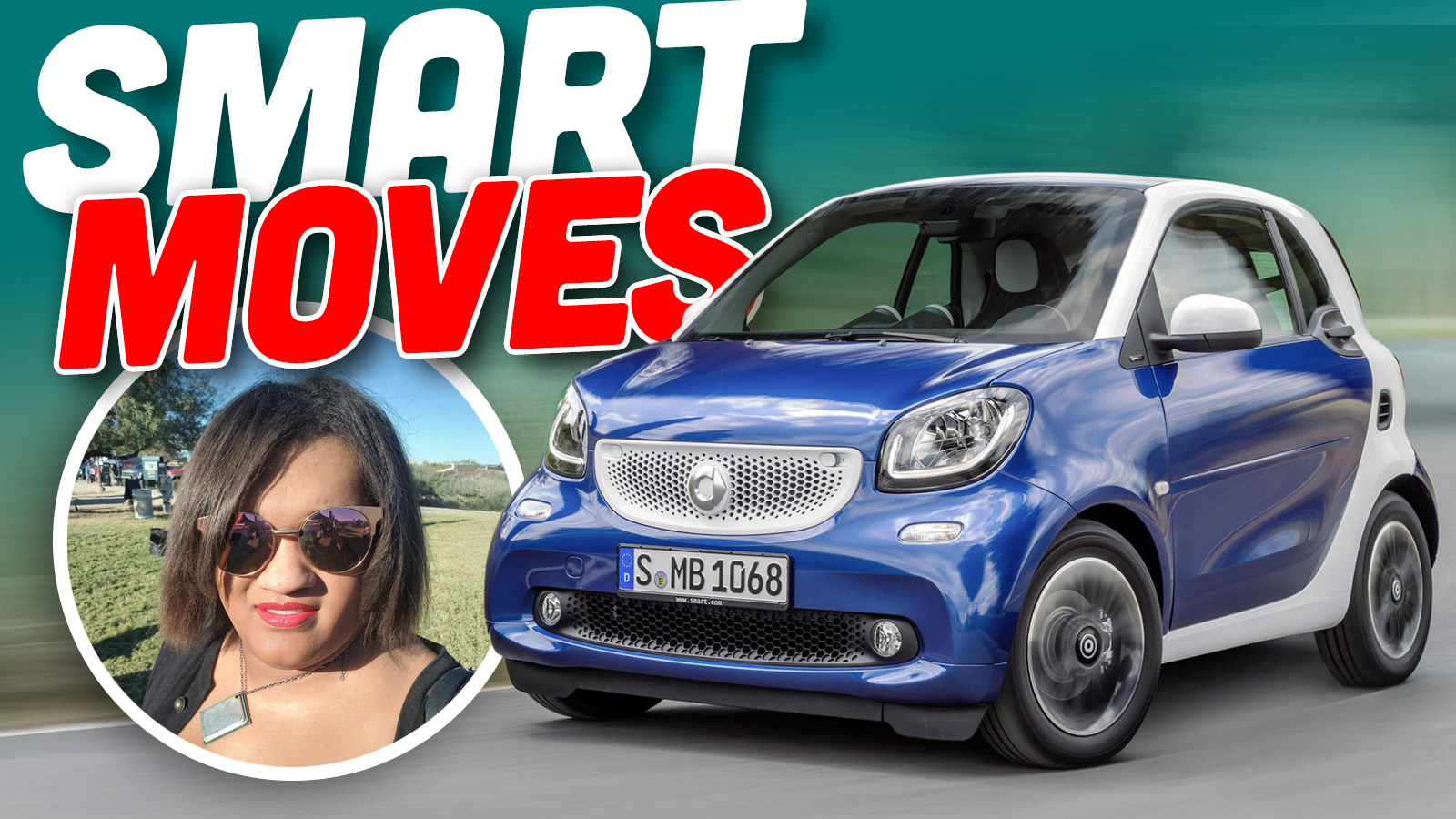


Been traveling, to CA to be specific, so a little late on the post. Yes CA’s charging infrastructure still needs a lot of work. Definitely times we had to wait for a spot to charge my son’s EV we were driving, even at the large Tesla stations. Of course we avoided the Tesla stations as much as possible due to their higher pricing.
As far as Hybrids go after our first one back in 2013 we have only purchased Hybrids or PHEVs as our daily drivers. In order of purcahsing. 2010 Fusion, 2008 Escape, 2013 C-Max(now MIL’s), 2015 MKZ (my current daily), 2013 C-Max Energi (now Daughter’s), 2022 Escape PHEV. As much as I hate the idea of a Lease I am seriously considering picking up a 2025 Escape PHEV before the current tax credit scheme goes away.
CARB losing their wavier is a good thing for everyone and it should have happened decades ago. They have never been able to see the forest for the trees pretty much since their inception. Their founding chair, Dr. Arie Haagen-Smit, even called for them to loose the wavier, and they almost did in the 70’s. Officials ignored his research that definitively proved NOx was the primary cause for photochemical smog and instead focused on CO, while the EPA followed his advice. Since the EPA was going to pull the wavier due to their lax and ineffective standards, they quickly changed their standards. Since then they have been in a race to stay slightly ahead of the federal standards purely to justify their existence. Meanwhile they have wasted billions of tax payer dollars, not only of Californians, but also those states that have been infected by their policies.
Had they taken the reasonable approach and pushed for PHEVs (and HEVs) instead of EVs green house gas emissions would have dropped sooner and more significantly. PHEVs have no need for DCFCs and would work for everyone that has a 110v outlet available at home or work. Billions could have been saved w/o the need for DCFC stations and far less of the rare earth materials used to make batteries would have been consumed.